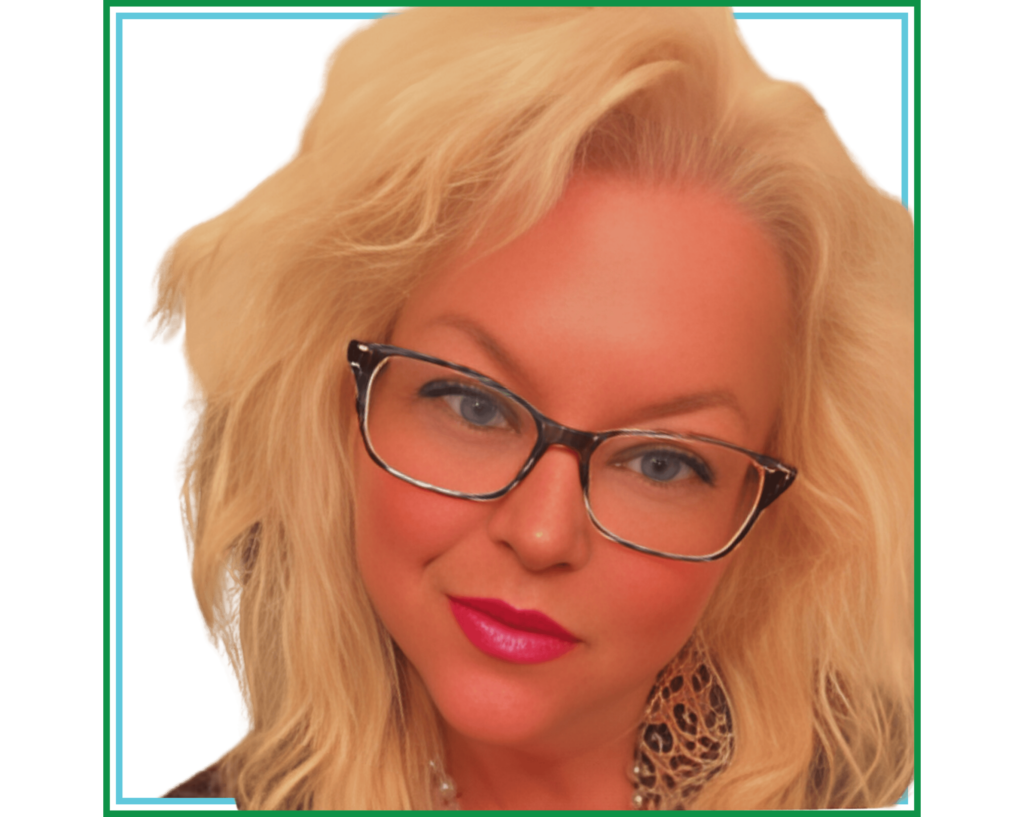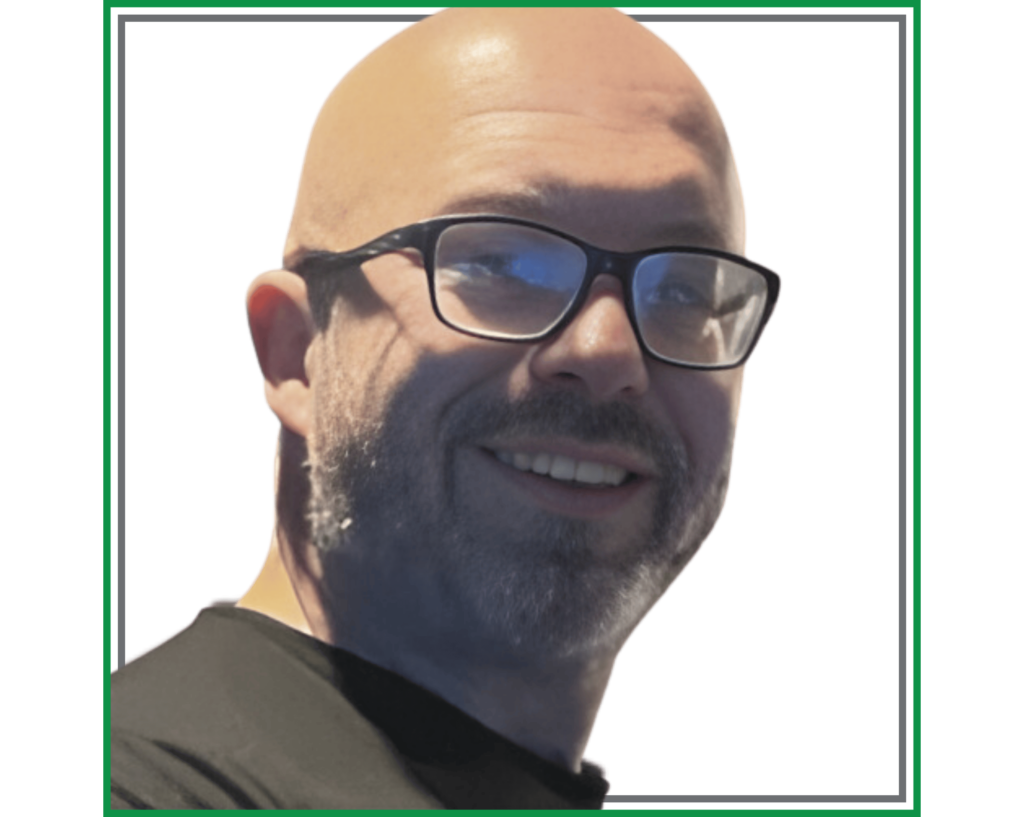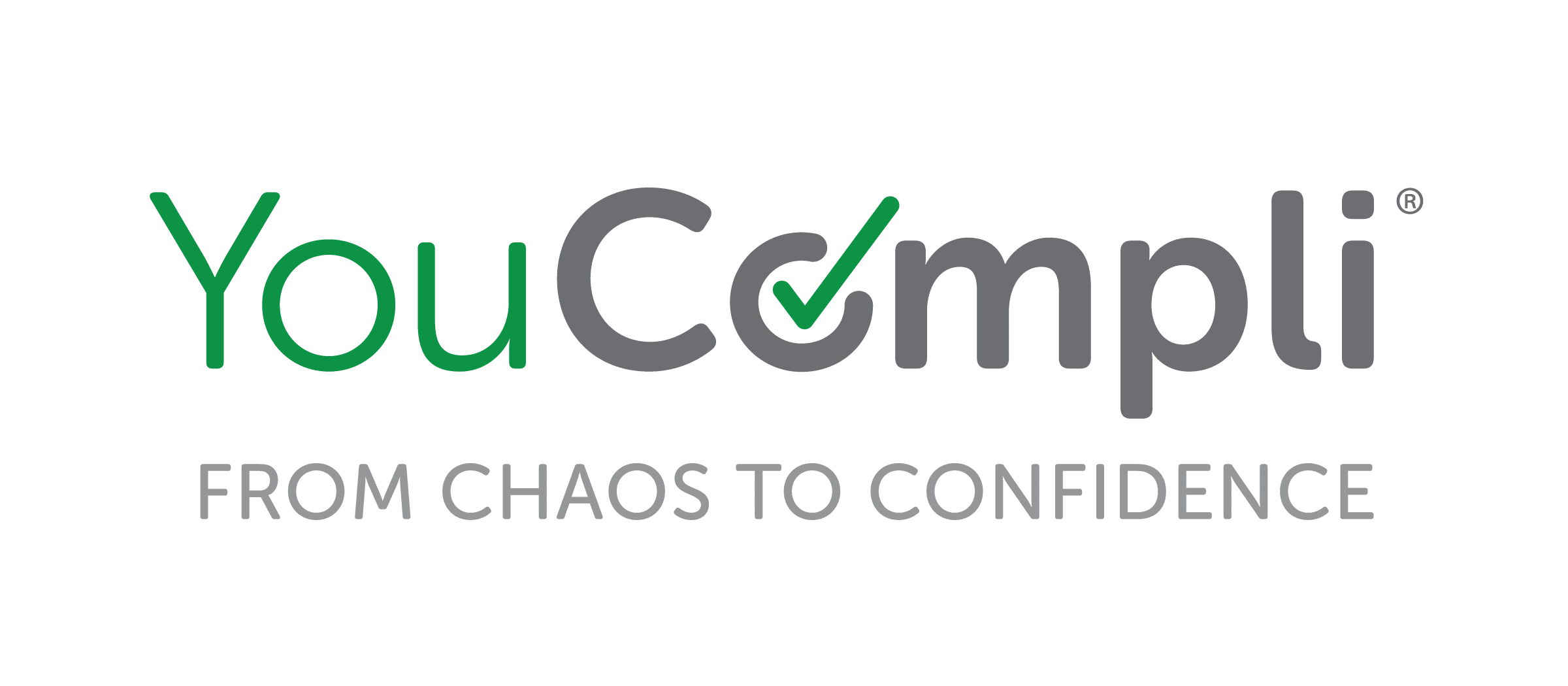
You Can’t Manage What You Can’t See
I get into the hospital about 5am every day. I go to intake and get the daily census sheet and report it out to the providers. I walk upstairs and I get my census sheets for all four units. I call in a fourth provider if needed. I review my e-mails.
But at 7:30 am every day, I round. No exceptions. Weekday. Weekends. Holidays when I am supposed to be off. Doesn’t matter. I round. It has to be done, because I can’t manage what I can’t see.
You Need to Manage Healthcare Risk
So many times, compliance administrators and quality leaders sit in their office and manage through e-mail. Say they are too busy. Too many things to do. Yeah, too many meetings. But the truth is, you need to manage risk.
Risk comes in many forms . Financial. Patient-related. But the biggest unforeseen risk to me is reputational. If you don’t have a reputation for offering the best patient care while keeping people safe and patients receiving benefits from treatment, you won’t be successful. You won’t make money. You won’t care for patients. You need to see it. Firsthand.
You can’t manage what you can’t see. Here’s how I round.
What We Look for During Compliance Rounding
I walk onto the units through the front entrance and immediately talk to the charge nurse.
- Do you have enough staff?
- Is everyone listening to you?
- How is your census?
- Do you have any events to report?
- What is the “temperature” of the unit?
I then walk down the hall and look in everyone’s room. Are the doors locked? Any ligature risks? Any contraband – things like cups, extra linens, things that someone could harm themselves with? You can’t manage what you can’t see. I walk into each room and just look.
- What is its condition?
- Are there any screws loose?
- What does the milieu look like? Is it calm?
- Are patients interacting with each other?
- Are they respectful?
Then up to all the techs. Same questions, plus ones like these:
- Have patients gotten showers?
- Are you tired? Do you need to break?
- What do observations look like? Are they up to date?
I then walk through the nurse’s station to the sister units and do the same thing. Same questions. Then downstairs to the other two units. Same thing. Same questions.
You can’t manage what you can’t see. It takes about 45 minutes total, and it’s the most important part of the day. We have cameras, and I could look at the cameras and do this. But so much would be missed. You need to get onto the units. Why? Because you can’t manage what you can’t see.
Why In-Person Observation Is Valuable Compliance Practice
There are three main reasons why I do rounding and in-person observation:
- Presence: I have to have a presence on the units. Staff need to see me and see me holding them accountable. They know I’m going to come by every day. Same time. They need to be ready. No questions. No excuses. Plus, it shows I care. I do care about every member of the staff. I want them to get used to seeing me on the floor. Pull me aside. Tell me things. That’s important.
- Safety: No one should feel unsafe here, so I’m always looking around for contraband or things that patients can use to harm themselves. Cups and linens as I said but there are things that sometimes make it up to the units. Like shoelaces for example. Now, you take it for granted. Loop, swoop, pull and tie your shoes. A self-harming patient can see that as something more. I look at the environment, too. A loose light or a loose screw can be thrown or even swallowed. You need to stay on top of it. If I see something, I tell my Plant Operations Director and put in a work order to have it fixed immediately.
- You can’t manage what you can’t see: This is the most important reason and the one I keep bolding. The only way to know what is going on is to be present. Management by walking around is a thing. When I changed a process a couple months ago, the staff was outraged. We can’t do this, that or the other. Then I walked the units. People on phones. Laughing. Looking calm. You ain’t stressed. That changed fast. Funny how that happened.
Get Real-Time View of What’s Happening in Your Organization
Only by being present can you get a real-time view of what’s done, what’s stuck and what is slipping through the cracks. Visibility is power. And I finished this round at 7:28. Two minutes to get upstairs, where they’re also expecting me.
More Resources About Compliance and Risk
Ready, Set, Go! Identifying Emerging Risks in Your Annual Compliance Workplan
Before moving on from this year, it’s important to take time and get feedback from business partners to ensure an “outside-in” perspective is included in your 2026 plan. Compliance expert Jenny O’Brien, JD, MCHDS, CHC shares proven practices.
The Why, What, Who, and When of Healthcare Risk Assessments
Sharon Parsley, JD, MBA, CHC, CHRC discusses risk assessment from a “why, what who, and when” perspective. She also looks at ways that you, as an effective compliance officer, can lead this process with your colleagues.

Andrea has taught first grade in Willoughby, Ohio for 27 years in the same classroom that she attended school as a child. She earned a Bachelor of Science in elementary education with a minor in language arts from John Carroll University and a Master’s Degree in the Art of Teaching and Education from Marygrove College.

John builds and fixes quality departments, while currently thriving as the Administrator & Director of Quality, Risk Management and Compliance at River Vista, a behavioral hospital in Columbus, Ohio.
The Q-Kids – John R Nocero and Andrea L Bordonaro – are experts at everything quality, regulatory, education training and compliance and love sharing their knowledge on YouCompli.
Follow them on LinkedIn – for more quality content or send them a message – they’d love to hear from you.


